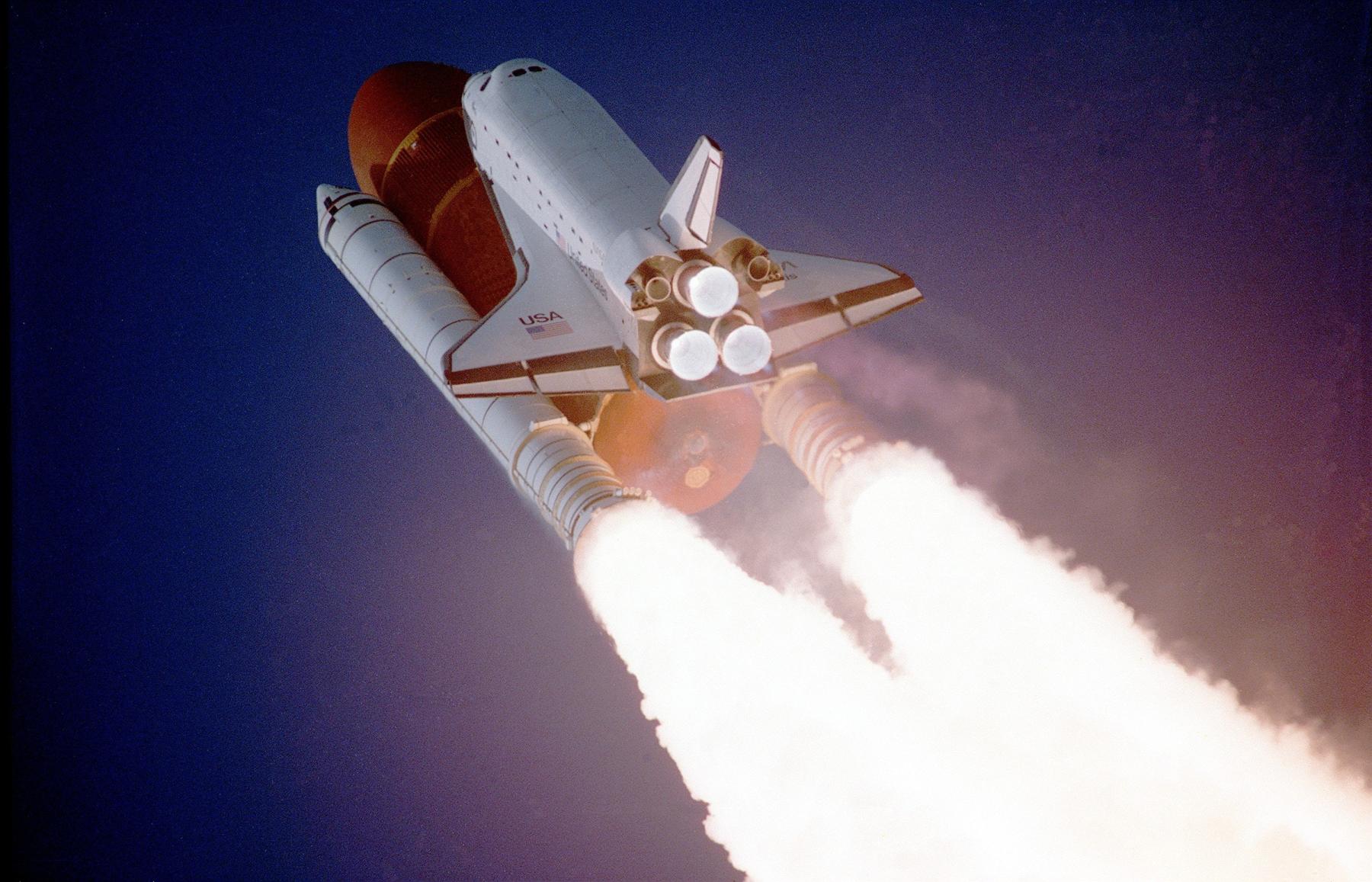
Water Rockets: Balanced and Unbalanced Forces Part 3
by Pamela Moss
This is the 3rd part of the lesson series where students will determine the thrust and stability of their water bottle rockets to answer their essential question: Using the Design Process how can we prove the effects that balanced and unbalanced forces have on a rocket in motion?
Lesson Plan Link/URL
https://docs.google.com/presentation/d/11fD81ydzgzZ2XCY6KV3ZCFuU1O-q6Bzt/edit?u…Subject Area
Science Physical Science P3: Net Force Technology 2. Digital Citizen 6. Creative Communicator Engineering S1: Engineering & Global Society S2: Apply the Engineering Design Process Mathematics Measurement and Data (MD) English Language Arts (ELA) Reading (Informational Text) Writing
Featured
Off
Related Content

Grades:
6th Grade, 7th Grade, 8th Grade
Aerospace to Sports explores the concept of how aerospace engineering has impacted sports, specifically exploring the design of golf balls. Students learn about how the industry employs engineering

Grades:
4th Grade, 5th Grade, 6th Grade
Students will construct a rocket by exploring the relationship of the mass in the nose cone to the success of a launch. Students will learn about "center of mass' and how to find it, as well as the

Featured
Mosquito Management
Grades:
3rd Grade, 4th Grade, 5th Grade
This lesson takes place in as classroom for one or more 60 minute class periods. The data collection portion may continue for 2+ weeks (or whatever time frame you decide). An emphasis is placed on the